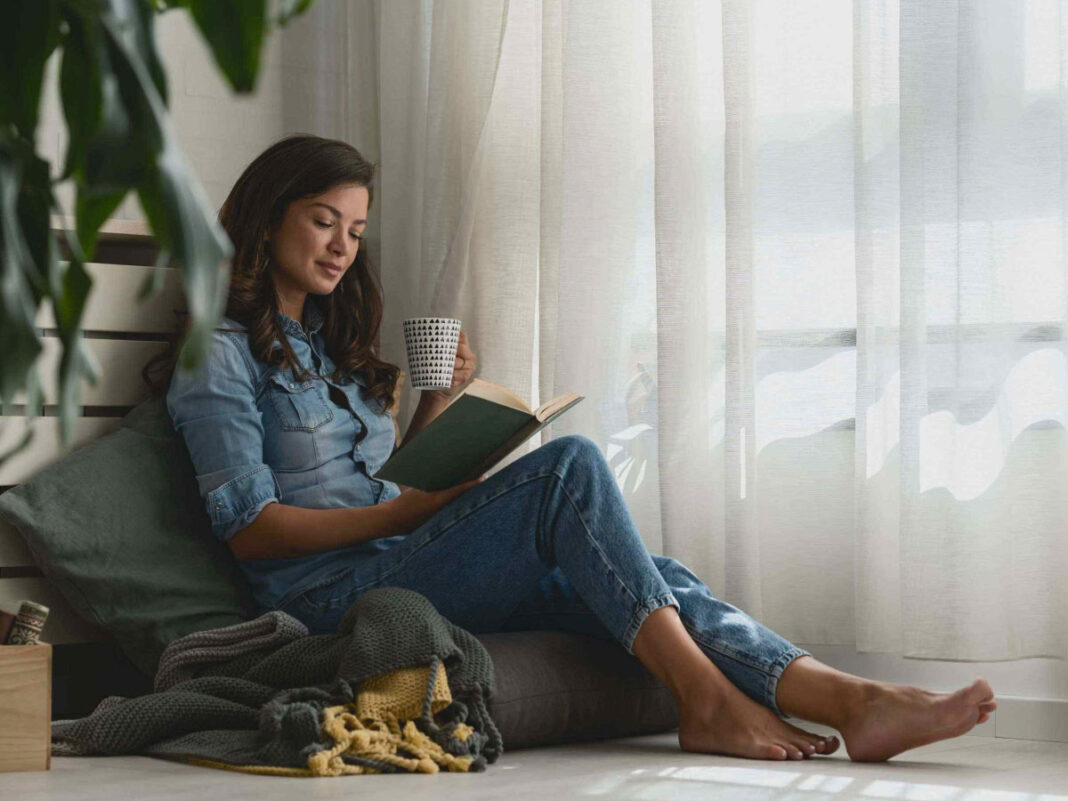In today’s fast-paced world, many individuals are seeking solace within their own homes by creating dedicated spaces for relaxation and self-care. The concept of “wellness corners” has gained significant popularity, transforming ordinary areas into personal sanctuaries that promote mental and physical well-being.
The Rise of Wellness Spaces at Home
Modern lifestyles have led to an increased emphasis on health and wellness. As people spend more time at home, there’s a growing desire to incorporate wellness features into living spaces. Luxury home designs are now prioritizing health-focused elements, blending function and beauty to enhance the overall quality of life. Homeowners are integrating features like home gyms, meditation areas, and spa-like bathrooms to create immersive experiences that nurture both the body and mind. This shift reflects a trend where homes are designed to support overall health and happiness.
Designing Mindful Retreats
Creating a wellness corner doesn’t require a complete home overhaul. One effective strategy is to designate specific spaces for relaxation within the home. Design experts recommend setting up cozy areas with soft lighting and comfortable seating to encourage practices like meditation or deep breathing exercises. These mindful retreats allow individuals to step away from daily stressors and find tranquility in their own space.
Bringing Nature Indoors
Biophilic design focuses on the connection between humans and nature, and plays a significant role in wellness corners. Integrating greenery, natural light, and earthy materials can create a serene environment that improves mental and emotional well-being. Plants not only enhance the aesthetic appeal of a space but also improve air quality and boost mood. Incorporating popular houseplants like monsteras, snake plants, and pothos can transform any corner into a lush, calming oasis.
Innovative Wellness Features
Wellness corners are evolving beyond simple meditation spaces. Homeowners are now integrating advanced wellness technologies, such as cold plunge tubs and steam showers, to create spa-like experiences at home. These features not only offer physical health benefits, like improved circulation and muscle relaxation, but also contribute to mental rejuvenation. The inclusion of cold plunge tubs has become a design trend that merges wellness with aesthetic appeal, making them key features in modern homes and gardens.
Similarly, steam showers are gaining popularity for their health-promoting properties and luxurious feel. Modern steam systems are energy-efficient and water-smart, making them accessible additions to wellness corners that offer daily relaxation and rejuvenation.
Creating Multi-Functional Spaces
Incorporating flexible elements into wellness corners allows for multi-functional use of space. For example, integrating yoga mats or exercise equipment can encourage physical activity while also serving as a relaxation area. The use of standing desks or ergonomic furniture in these spaces promotes movement and healthy habits, combating the sedentary nature of modern lifestyles. These active corners enable individuals to stretch or engage in quick workouts, contributing to overall well-being.
Personalizing Your Wellness Corner
Personalization is key to creating an effective wellness corner. Homeowners are encouraged to tailor these spaces to their individual needs and preferences. This might include incorporating favorite colors, scents, or sounds that promote relaxation. Adding elements like aromatherapy diffusers, soft textiles, or even small water features can enhance the sensory experience, making the wellness corner a true reflection of personal well-being goals. Bringing in unique plants or decorative items can also add a personal touch to the space.
The Impact on Overall Well-being
Wellness corners are more than just a design trend; they represent a shift towards prioritizing health and well-being in everyday life. By creating dedicated spaces for relaxation and self-care, individuals can develop a sense of balance and rejuvenation within their homes. These spaces serve as a retreat from the stresses of daily life, contributing to improved mental health and overall happiness. Integrating elements like natural light, comfortable furnishings, and calming colors can significantly impact how individuals feel and function daily.
Conclusion
The growing popularity of indoor wellness corners highlights the importance of incorporating health and well-being into home design. Whether it’s through mindful retreats, biophilic elements, or innovative wellness features, more people are transforming their homes into sanctuaries that support their physical and mental health. By embracing this trend, individuals can create spaces that not only look beautiful but also enhance their quality of life.
